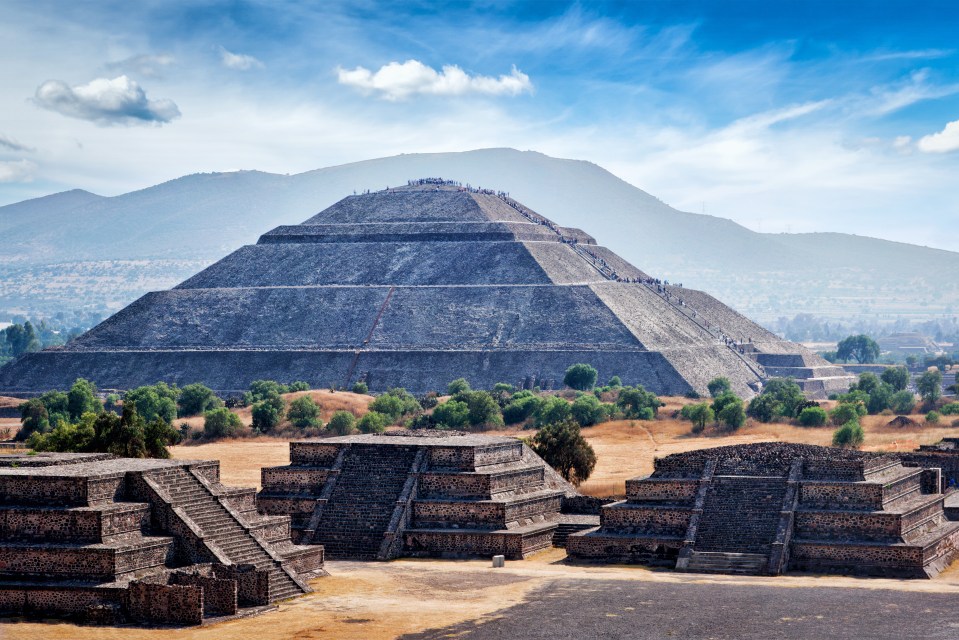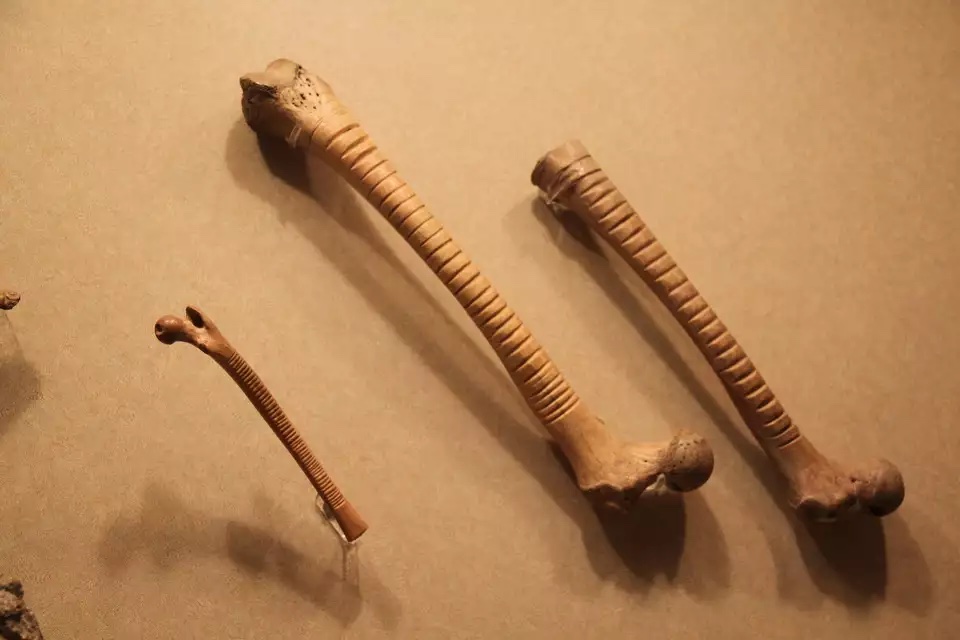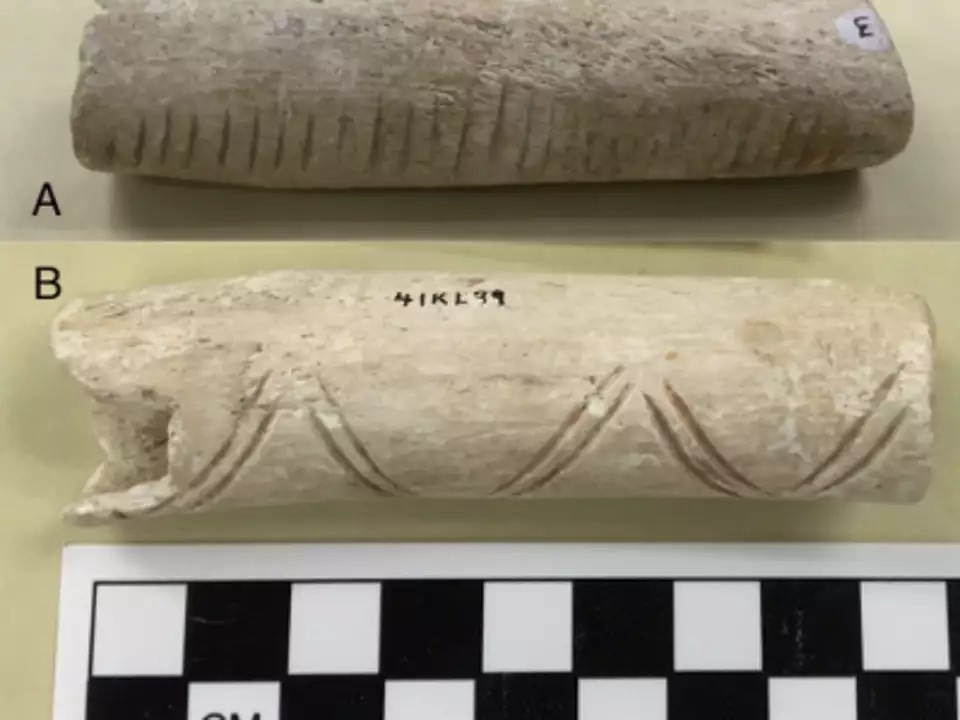ARCHAEOLOGISTS have uncovered ancient bones that offer a surprising insight into the Aztec era.
Historians noticed details on the remains, suggesting they may have served an unusual purpose.
Archaeologists carried out an in-depth analysis of 29 prehistoric human bones discovered along the southern Texas coast.
Unusual markings on the skeletal remains suggest they may have carried out a purpose beyond death.
Unusual details
Historians suggested that the group of hunter-gatherers who once inhabited the area likely created music by transforming the human bones into instruments.
Dr. Matthew Taylor, who works as a biological anthropologist at Georgia’s Augusta University, identified a musical rasp fashioned from a human humerus while studying the artefacts.
IFLScience reported that the item, which was part of a museum collection, resembled an omichicahuaztli, which is an instrument that was used by pre-Hispanic Mexican cultures, including the Aztecs.
The remains date back to the Late Prehistoric era (AD 700-1500) in North America, according to an in-depth analayis published in the International Journal of Osteoarchaeology.
“Late Prehistoric South Texas (1300-1528 AD) was characterised by hunter-gatherer habitation,” Dr. Taylor wrote.
“Forager peoples lived in the region from Paleoindian times up to and beyond European contact and never adopted agriculture.”
He added that inhabitants of southern Texas and the associated Gulf Coast “have been historically documented since AD 1528”.
The analysis of the 29 bones found that 27 were made from either the arm or the leg.
Meanwhile, the remaining two objects were constructed from rib bones.
According to archaeologists, the instruments were typically crafted using what’s known as the “groove-and-snap” method.
This involves sawing a groove around a bone’s circumference before breaking it in half.
“This process is labour intensive and represents hours of work,” Dr. Taylor wrote.
He emphasised the meticulous manual effort behind crafting these skeletal artifacts.
Potential links
Historical objects fashioned from human bone are often thought to signify practices like honouring ancestors or displaying war trophies.
However, Dr. Taylor pointed out that such interpretations don’t align with other archaeological findings from the region.
The musical rasp made from an upper arm bone featured 29 carefully carved notches and decorative geometric patterns.
One of the most intriguing discoveries, this instrument appeared to have been played by scraping another object along the grooves.
While unique to South Texas, similar instruments are well-documented in central Mexican histories.
Typically carved from human thigh bones, these objects are decorated with comparable designs.
Dr. Taylor speculated the Texan rasp “may represent an emulation of Mexican religious practices.”
He pointed to a possible contact or influence between Indigenous tribes occupying the South Texas coast and the Aztec empire.
“Whatever their original provenance, it is quite apparent that the Late Prehistoric inhabitants did not regard the handling of human remains as taboo,” he concluded.
“Although some may wish to equate the presence of these artefacts with the existence of cannibalism, this report does not support or refute that hypothesis.”
More on archaeology
The remains of a lost Roman city have been uncovered on a popular holiday island.
And the lost tomb of a 1,700-year-old king was uncovered in Mayan temple.
Plus, the eerie “hybrid” skull that belonged to a “half human, half neanderthal girl”.
An ancient lost city from 3,500-years-ago that played home to the oldest civilization in the Americas’ was uncovered in Peru.
And AI has deciphered a hymn on a 4,000-year-old clay tablet, which is said unlock the mystery of the ancient city of Babylon.















